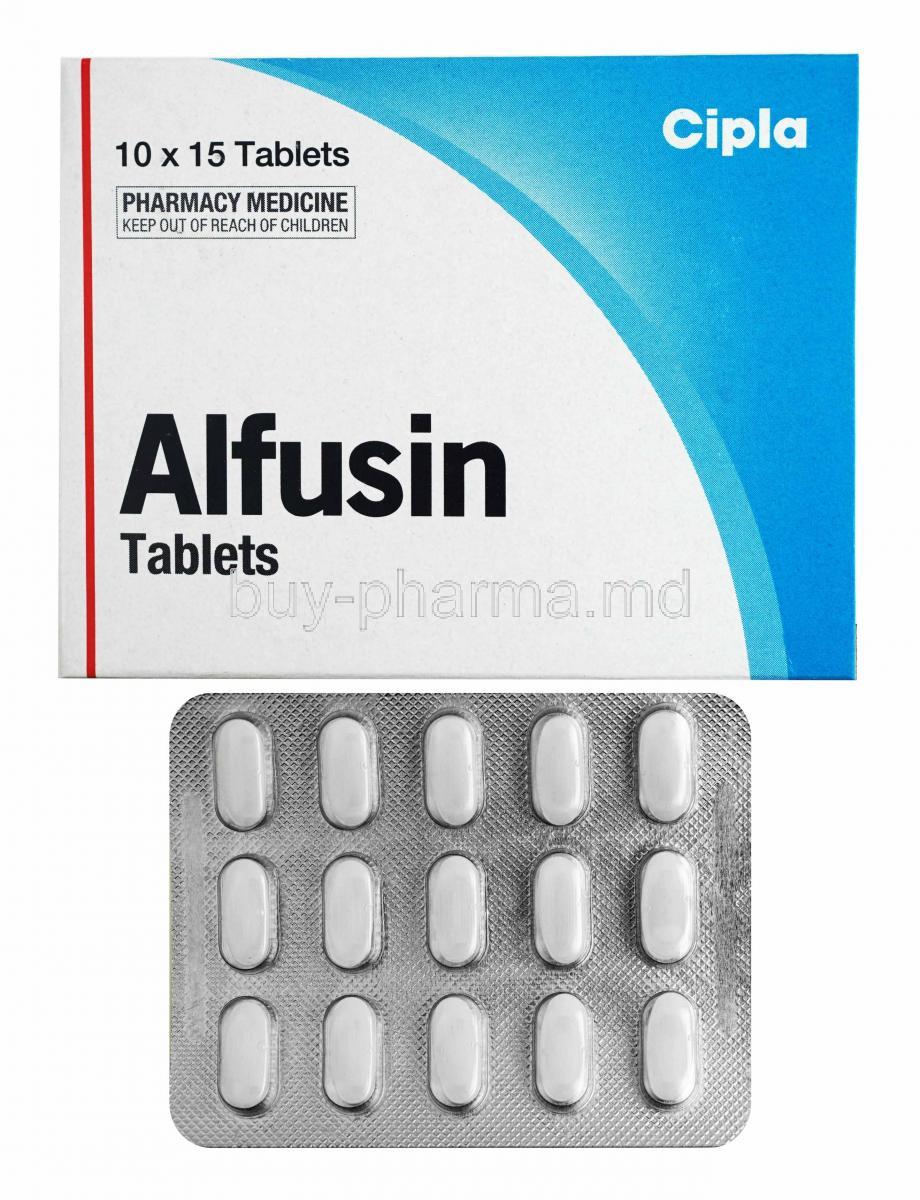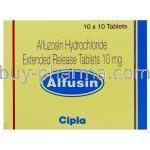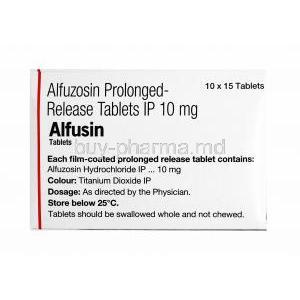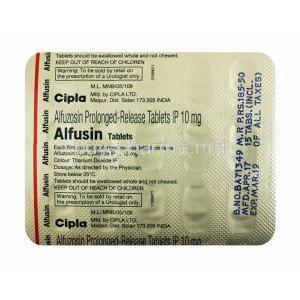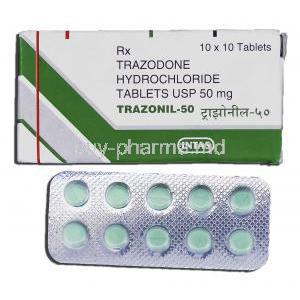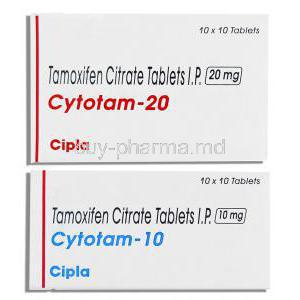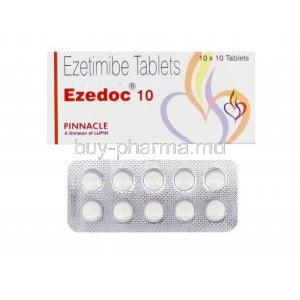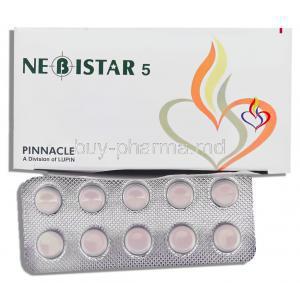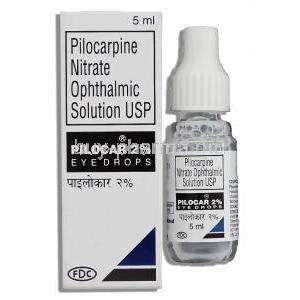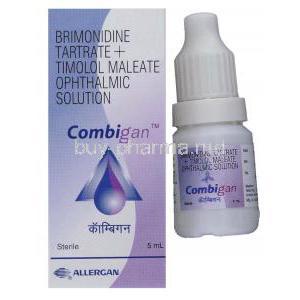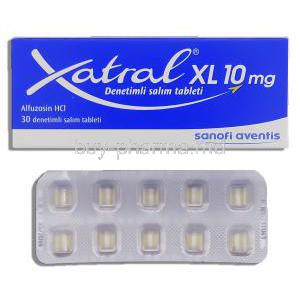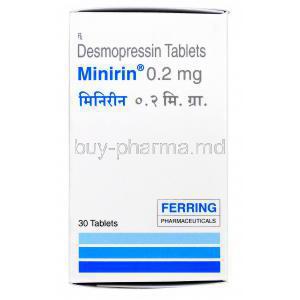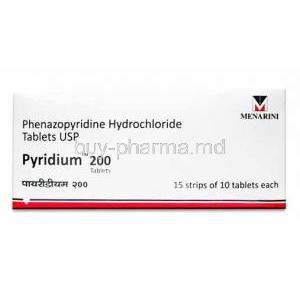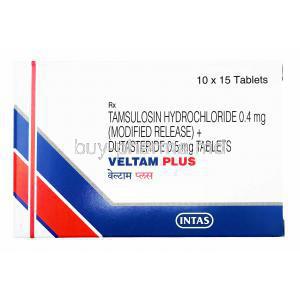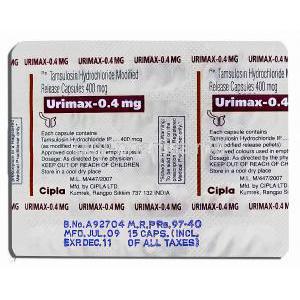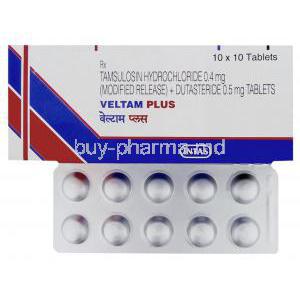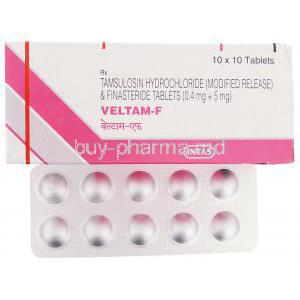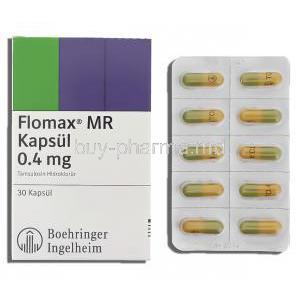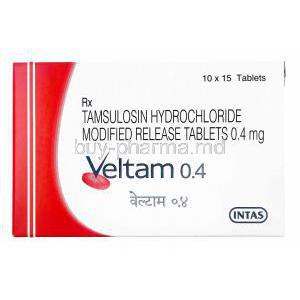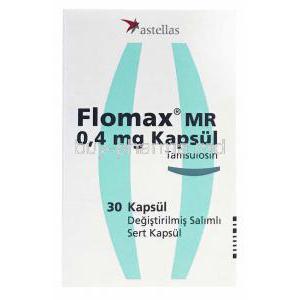Introduction to Alfusin (Alfuzosin Tablet)
Overview of Alfusin and Its Therapeutic Classification
Alfusin, containing the active ingredient alfuzosin hydrochloride, is a prescription medication classified as an alpha-1 adrenergic receptor antagonist. It is primarily utilized in urology for the symptomatic management of benign prostatic hyperplasia (BPH) in men.
Alfuzosin as an Alpha-1 Adrenergic Receptor Antagonist
Alfuzosin acts selectively on the alpha-1 receptors located in the smooth muscle of the prostate and bladder neck. By antagonizing these receptors, the drug facilitates the relaxation of these muscles, thereby improving urine flow and reducing urinary symptoms.
History and Approval Status in Various Regions
Initially developed in the 1990s, alfuzosin has gained regulatory approval across multiple regions, including the United States, European Union, and Asia. It is commonly prescribed under various brand names and has become a well-established option in the pharmacological management of BPH.
Available Formulations and Strengths
Alfusin is available in immediate-release and extended-release tablet formulations. Common dosage strengths include 2.5 mg and 10 mg tablets, with the extended-release 10 mg formulation being widely favored for once-daily administration.
Medical Uses of Alfusin
2.1 Primary Indication: Benign Prostatic Hyperplasia (BPH)
Alfusin is primarily indicated for relieving the symptoms associated with BPH, a non-cancerous enlargement of the prostate gland common in aging men.
- Improves urinary flow by reducing resistance in the urethra
- Decreases urinary frequency, urgency, and nocturia
- Helps alleviate incomplete bladder emptying and hesitancy
2.2 Off-label Uses of Alfuzosin
While not formally approved for these conditions, alfuzosin has demonstrated utility in several off-label applications:
- Management of chronic prostatitis/chronic pelvic pain syndrome (CP/CPPS)
- Promoting the passage of ureteral stones in select cases
- Adjunct therapy in acute or chronic urinary retention
- Possible role in treating neurogenic bladder dysfunctions
Mechanism of Action: How Alfusin Works in the Body
Selective Blockade of Alpha-1 Adrenergic Receptors in the Bladder Neck and Prostate
Alfuzosin selectively targets alpha-1 adrenergic receptors in the urinary tract, especially in the smooth muscle of the prostate and bladder outlet.
Effects on Smooth Muscle Relaxation and Urinary Flow
By inhibiting receptor-mediated contraction, the drug relaxes these muscles, thereby decreasing bladder outlet resistance and improving urine flow dynamics.
Comparison with Other Alpha-blockers in Selectivity and Receptor Affinity
Alfuzosin exhibits functional uroselectivity, meaning it preferentially acts on lower urinary tract receptors without significantly affecting blood pressure—a benefit over less selective agents such as doxazosin or terazosin.
Dosage and Administration Guidelines
4.1 Recommended Adult Dosage for BPH
The typical dose is 10 mg once daily, preferably taken after the same meal each day to maintain consistent drug absorption.
4.2 Dose Adjustment in Renal or Hepatic Impairment
- Use with caution in patients with mild to moderate hepatic impairment. - Contraindicated in severe hepatic insufficiency. - Renal impairment may warrant closer monitoring but not necessarily dose adjustment.
4.3 Administration Timing and Food Interactions
Administering the tablet with food is essential, as this improves bioavailability and reduces the risk of orthostatic hypotension.
4.4 Missed Dose and Discontinuation Protocols
If a dose is missed, it should be taken with the next scheduled meal. Doubling up doses is not recommended. Discontinuation should be gradual under medical supervision.
Composition and Formulation of Alfusin Tablet
Active Ingredient: Alfuzosin Hydrochloride
Each tablet contains alfuzosin hydrochloride as the therapeutically active compound.
Inactive Ingredients and Tablet Excipients
Common excipients include:
- Hypromellose
- Magnesium stearate
- Lactose monohydrate
- Povidone
Available Dosage Strengths
- 2.5 mg immediate-release tablets (usually taken 3 times daily) - 10 mg extended-release tablets (once daily formulation)
Common and Serious Side Effects of Alfusin
6.1 Common Side Effects
Most side effects are mild and transient. These include:
- Dizziness or lightheadedness
- Headache and fatigue
- Nausea or abdominal discomfort
- Runny nose or sinus congestion
6.2 Serious Adverse Reactions
Though uncommon, serious effects may include:
- Postural hypotension and sudden fainting (syncope)
- Intraoperative Floppy Iris Syndrome (IFIS) during cataract surgery
- Hypersensitivity reactions such as angioedema
Drug Interactions with Alfusin
7.1 Interactions with Antihypertensive Medications
Alfuzosin may amplify the hypotensive effects of other blood pressure-lowering agents, increasing the risk of syncope.
7.2 CYP3A4 Inhibitors and Inducers
Drugs that inhibit the CYP3A4 enzyme can raise alfuzosin blood levels:
- Clarithromycin
- Ketoconazole
- Ritonavir
7.3 QT Prolonging Agents
Concurrent use with other QT-prolonging drugs may elevate the risk of cardiac arrhythmias, requiring ECG monitoring.
7.4 Alcohol and Herbal Supplements
Alcohol may potentiate hypotensive effects. St. John’s Wort and other CYP inducers could reduce alfuzosin efficacy.
Warnings and Contraindications
8.1 Absolute Contraindications
Do not use Alfusin in the following cases:
- History of orthostatic hypotension
- Severe hepatic dysfunction
- Allergy to alfuzosin or formulation components
8.2 Important Warnings
- Risk of dizziness or fainting after the first dose; caution is advised. - Avoid driving or operating machinery until the drug's effects are known.
Careful Administration and Special Precautions
9.1 Monitoring Blood Pressure Regularly
Frequent monitoring, particularly during initiation or dose changes, helps prevent sudden drops in blood pressure.
9.2 Use with Other Alpha-blockers or PDE5 Inhibitors
Concurrent use may lead to enhanced vasodilation and hypotension. Combination therapy should be supervised by a healthcare provider.
9.3 Risk of QT Interval Prolongation
Patients with a history of prolonged QT syndrome or those on medications affecting cardiac conduction should exercise caution.
9.4 Pre-surgical Considerations (e.g., Cataract Surgery)
Inform ophthalmologists before eye surgery. Alfuzosin has been associated with intraoperative complications during cataract procedures due to IFIS.
Special Population Considerations
10.1 Use in Elderly Patients
Elderly individuals often exhibit heightened sensitivity to the hemodynamic effects of alfuzosin, particularly in the context of orthostatic hypotension. This phenomenon, characterized by a sudden drop in blood pressure upon standing, may lead to dizziness, falls, or even syncope. To mitigate risks in geriatric populations:
- Initiate treatment with caution, preferably at the lowest effective dose
- Implement slow and controlled titration to monitor tolerability
- Conduct regular blood pressure assessments, especially during the initial weeks of therapy
Clinical discretion is advised, especially in those with a history of cardiovascular instability or polypharmacy.
10.2 Use in Pregnant and Breastfeeding Women
Alfuzosin is not indicated for use in women; however, in rare clinical scenarios where it might be considered, there are crucial safety limitations to note. - There is a lack of robust, controlled data on alfuzosin's effects during human pregnancy. - The excretion of alfuzosin into human breast milk remains unknown, raising potential concerns for nursing infants. - Animal studies have not conclusively demonstrated teratogenicity, but the absence of human data necessitates caution. If alfuzosin is considered during pregnancy or lactation:
- A thorough risk-benefit analysis must be performed
- Use only when clearly needed and when safer alternatives are unavailable
- Monitor the infant for any signs of adverse effects if breastfeeding
10.3 Pediatric Use and Limitations
The safety and efficacy of alfuzosin in pediatric patients have not been established. Its pharmacodynamic and pharmacokinetic profiles are primarily studied in adults, and no formulation is approved for use in individuals under 18 years of age. Key limitations include:
- Increased vulnerability to adverse cardiovascular effects
- Unpredictable absorption and metabolism in children
- Absence of age-specific dosing guidelines
Hence, alfuzosin is contraindicated in pediatric populations unless under strict specialist supervision in exceptional cases.
Overdose and Emergency Management
Symptoms of Alfuzosin Overdose
An overdose of alfuzosin may precipitate severe cardiovascular depression. Common clinical manifestations include:
- Profound hypotension (dangerously low blood pressure)
- Bradycardia (slowed heart rate)
- Marked dizziness or collapse due to impaired cerebral perfusion
Immediate Measures and Supportive Care
In the event of a suspected overdose, urgent medical intervention is critical. Recommended actions:
- Position the patient supine with elevated legs to enhance cerebral blood flow
- Initiate intravenous fluid resuscitation for volume expansion
- Continuous cardiovascular monitoring, including ECG, to detect arrhythmias
- Administer vasopressors if hypotension remains unresponsive to fluids
There is no specific antidote for alfuzosin overdose; treatment remains largely symptomatic and supportive.
Storage and Handling Guidelines
Recommended Storage Temperature and Humidity
Store alfuzosin tablets at controlled room temperature, ideally between 20°C and 25°C (68°F to 77°F). Short-term excursions between 15°C and 30°C are generally tolerated but should be minimized.
Protection from Light and Moisture
To preserve drug stability and efficacy:
- Keep tablets in their original packaging until use
- Protect from direct sunlight and excessive humidity
- Avoid storage in high-moisture areas like bathrooms or near sinks
Safe Disposal of Unused or Expired Medication
Expired or unused alfuzosin should not be flushed or discarded in household waste. Instead:
- Follow local pharmacy guidelines or take-back programs for drug disposal
- Ensure tablets are rendered unusable before discarding, such as by mixing with undesirable substances
Handling Precautions for Patients and Caregivers
Do Not Crush or Chew Extended-Release Tablets
Alfuzosin extended-release tablets must be swallowed whole. Altering the tablet by crushing or chewing can lead to rapid drug release, increasing the risk of adverse events such as severe hypotension.
Hand Hygiene After Handling Tablets
While the risk of dermal absorption is minimal, it is advisable to wash hands after handling the medication, especially before meals or caring for others.
Safe Storage Out of Reach of Children
As with all prescription medications:
- Store alfuzosin in a secure, child-resistant container
- Place the medication in a high, locked cabinet if children are present in the household
- Educate caregivers and family members on the importance of proper medication storage

